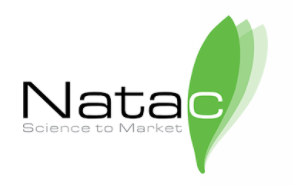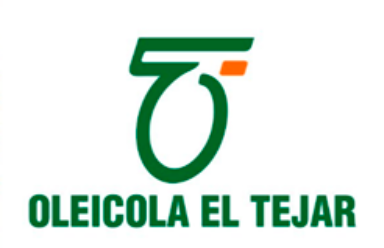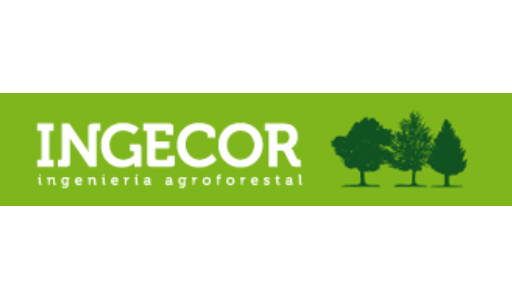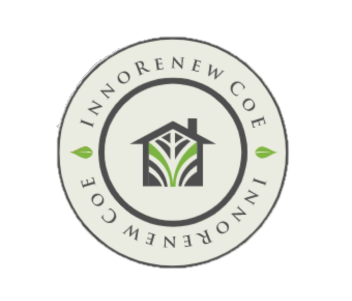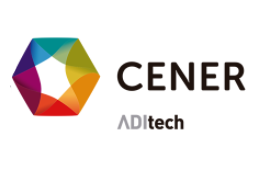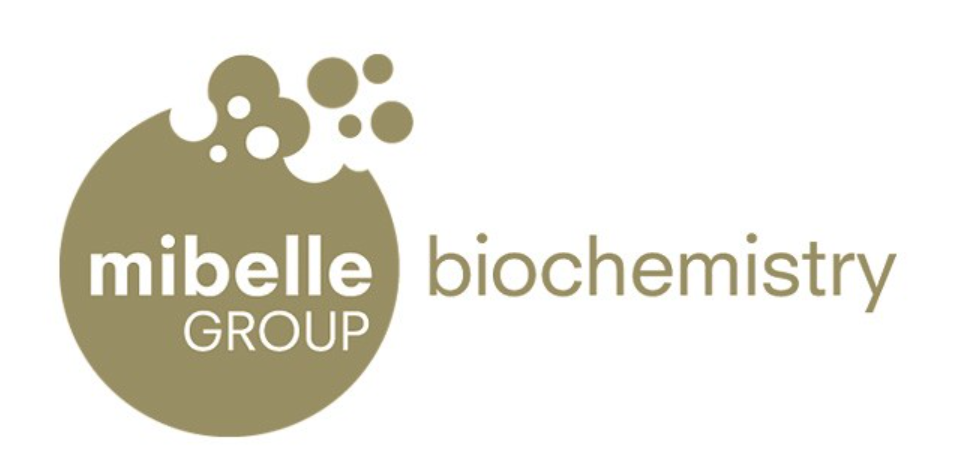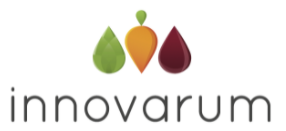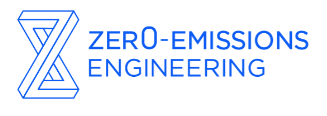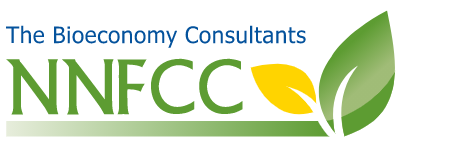OLEAF4VALUE is a three-year project, with a total budget of 5,687,060 €, that will develop a complete valorisation system for the olive leaf. The OLEAF4VALUE project will address all the stages of the value chain: raw material, biorefining, post-extraction technologies, market validation, and sustainability assessment. The OLEAF4VALUE project will start in July 2021 and will link the primary olive sector from southern Europe with large multinationals from the high valued competitive markets in a circular bioeconomy project.

Globally, 4.5 million tons of olive leaves are produced every year by the olive oil industry, a key industry in southern Europe and along the Mediterranean basin. This biomass represents a challenge for both the farmers and the whole olive oil industry, who need to remove it from the fields and the olive oil mills. Olive leaves may generate currently an environmental and economic problem when not collected. OLEAF4VALUE will assemble a competitive consortium of highly experienced partners* devoted to the complete valorisation of this underexploited raw material. The goal of OLEAF4VALUE is to set up the basis of a smart value chain based on a disruptive and first-of-its kind concept: Smart Dynamic Multi-Valorisation-Route Biorefinery (SAMBIO) for the cascade valorisation of the olive leaf biomass according to its physicochemical composition, particularly modulated by specific pre-treatments to produce target products. Advanced green extraction and isolation technologies will be used to sequentially separate all fractions and compounds of value, with a zero-waste approach. Enzymatic biotransformation and nanoencapsulation technologies will be applied to develop tailor-made prototypes according to end user market needs from high value sectors: food, feed, health, cosmetic, pharma, and chemical industries. Large companies from these sectors within the consortium will guarantee a good market-oriented approach throughout the project.
NIZO will contribute to health benefit substantiation of the isolated bioactive fractions and components using in vitro models. Methods that will be applied include, specific cell models (e.g. intestinal, immune), faecal fermentations in the MicroColon model followed by shotgun metagenomics and transcriptomics for analysis of microbial gene expression, UHPLC-MS/MS method for metabolite measurement in starting material and faecal material, and evaluation of the effect of the fermented products/metabolites as produced in MicroColon in the cell culture models.
Partners:
Related cases
Related blogs
© NIZO 2025 | Sitemap - Privacy Statement - Cookie Statement - Terms & Conditions
Website by: Online Marketing Agency
